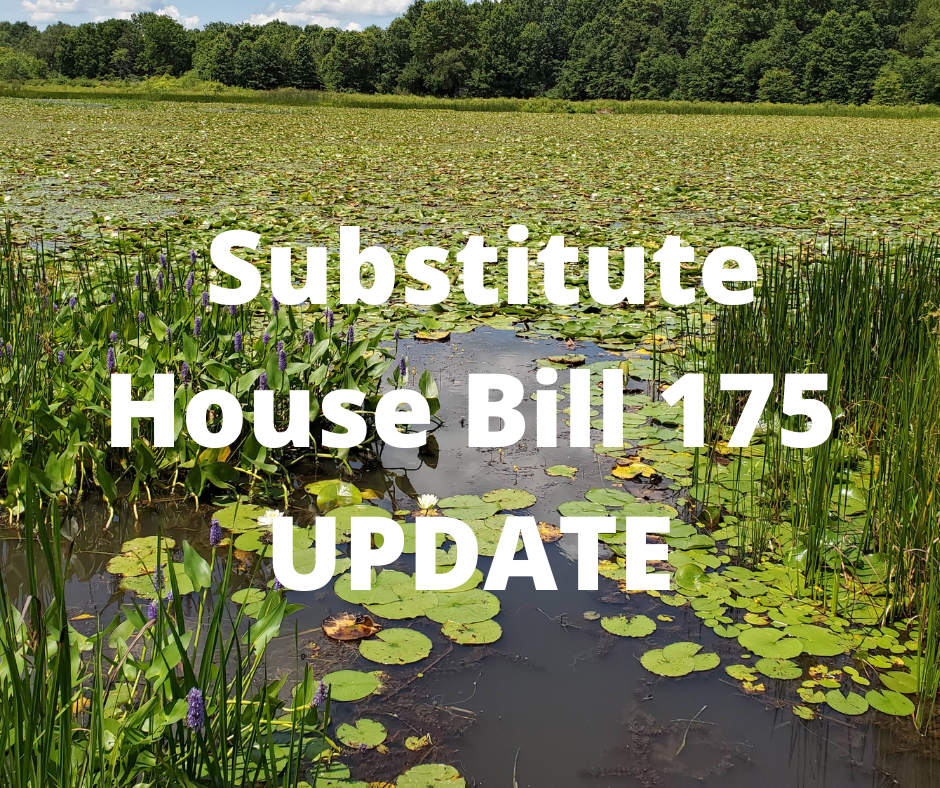On April 6, 2022, the 134th Ohio General Assembly passed Substitute House Bill 175. The legislation was signed by Governor DeWine on April 21 and went into effect on July 21, 2022. The law preserves Ohio EPA’s ability to protect ephemeral streams and aligns Ohio EPA’s regulatory authority with federal jurisdiction (Waters of the United States or WOTUS). It helps ensure that Ohio’s waterways are not used as a dumping ground for debris and waste and strikes a balance between protecting Ohio’s waterways and providing consistent state regulations to support economic development and construction of infrastructure. This will provide needed clarity for the regulated community and continued protection of water quality. On July 21, 2022, Ohio EPA also rescinded the general permit for ephemeral stream impacts that was previously adopted by the agency in 2020 when the Navigable Waters Protection Rule was promulgated by the Trump Administration. The Ohio EPA has created a Guidance Document and Ephemeral Stream Mitigation Calculator to aid applicants that have proposed impacts to ephemeral streams in applications for Section 401 Water Quality Certifications.
The legislation also added criteria by which Ohio agencies may participate in the Interagency Review Team (IRT) process. The IRT process described in the federal mitigation regulations at 33 CFR 332 is utilized to complete review and approval of mitigation projects that provide compensation under Sections 404 and 401 of the Clean Water Act and Ohio’s Isolated Wetland Law. Additionally, the legislation requires that within twenty-four months of the effective date of the legislation, the Director of Ohio EPA shall review and adopt, in accordance with sections 106.03 and 119.03 of the Revised Code (the “rule making process”), wetland and stream mitigation standards to review and approve mitigation projects, including permittee responsible projects, mitigation banks, and in-lieu fee projects. This should help streamline the review process by providing consistency in the evaluation of mitigation proposals. It will also be the first time that comprehensive regulations for both wetland and stream mitigation will be codified by the Ohio EPA.
The Stream + Wetlands Foundation team is continuing to monitor activities surrounding the impact of these actions and are available to discuss how they could affect your projects.

